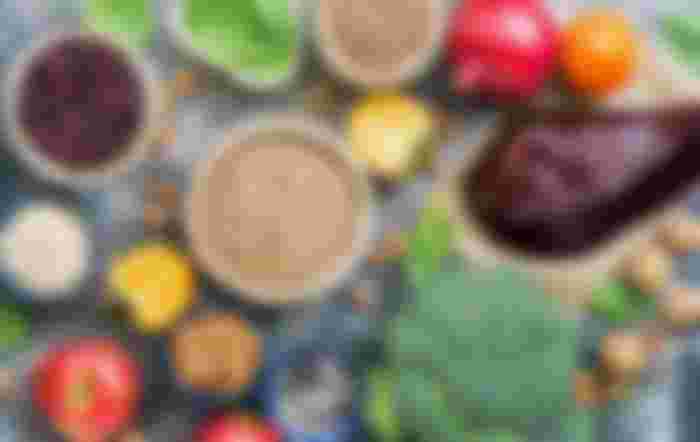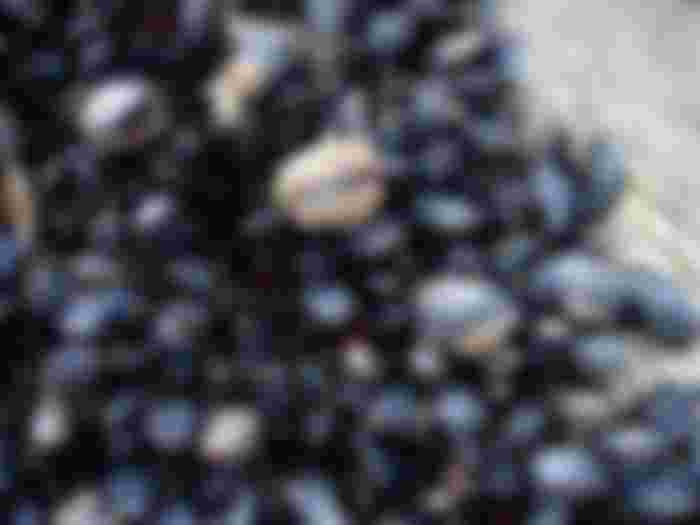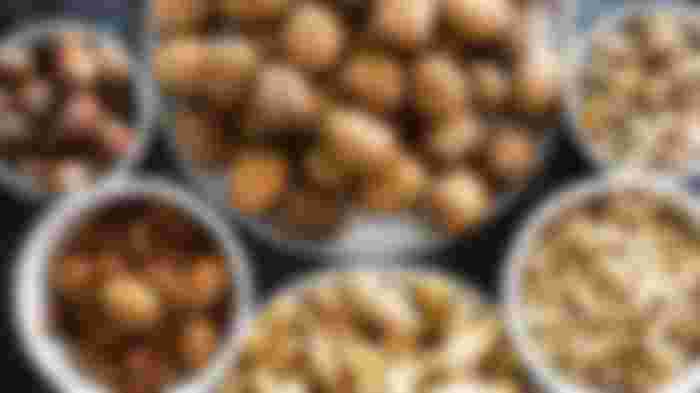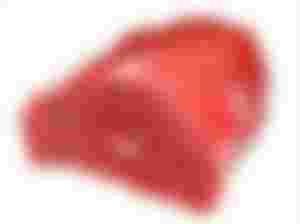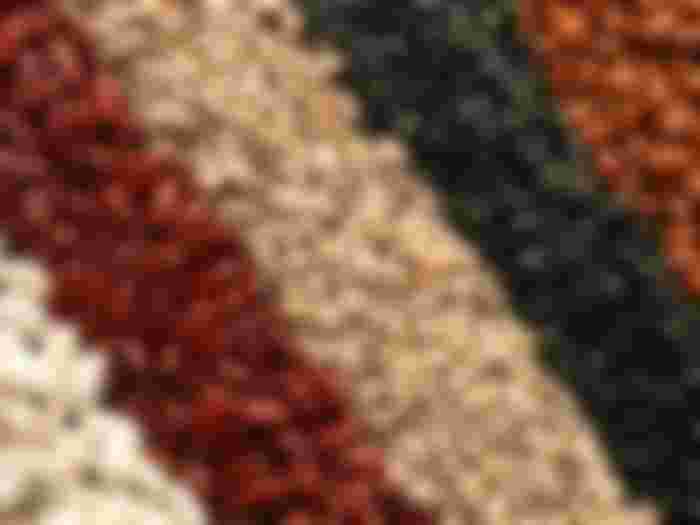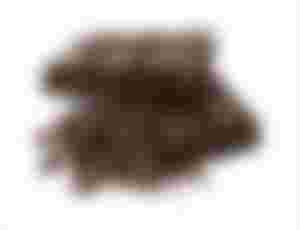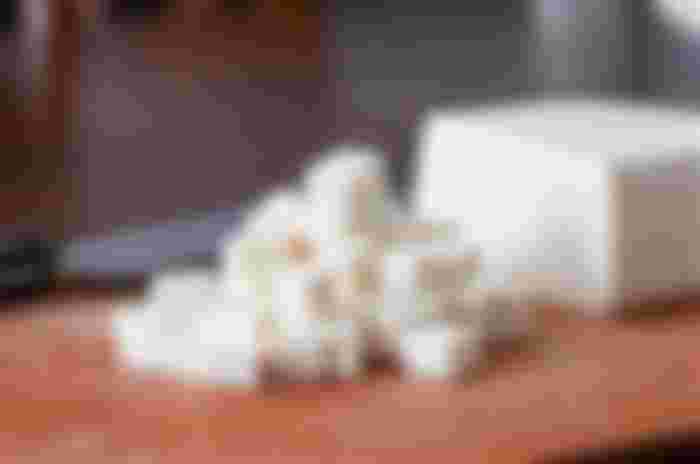Iron is an important mineral that the body needs. It is usually found in hemoglobin, the protein responsible for the distribution of oxygen from the lungs to various parts of the body. Iron deficiency in the body can lead to iron deficiency anemia. But apart from its relationship with blood, iron is also important in keeping hair, nails, and skin healthy.

How much iron does the body need daily?
The body's need for iron varies depending on age, gender and event in the body. Babies, along with their rapid growth, are more in need of iron. Babies and children ages 4-8 need up to 10mg daily. This requirement decreases to 8mg by hanging at the age of 9-13. The need for iron increases, especially in women during puberty due to monthly menstruation and again during menopause. Conditions such as pregnancy, kidney disease, or wounds that cause blood loss can also affect daily needs. The daily requirement of an adult individual is 18mg.
What can happen if iron deficiency?
Iron deficiency can lead to the development of iron deficiency anemia. Because of this disease, different parts of the body do not have enough oxygen supply. As a result, you may experience weakness and fatigue. In addition the person with insufficient iron in the body may feel cold hands and feet, rapid heartbeat, puffy breathing, hair loss and cracking of nails, and mouth sores and tongue.
What can happen if you overdo it?
According to nutritionists, the body can only receive up to 45mg of iron per day. Although the body has the ability to regulate the iron that enters the body, any excess is harmful. Excess iron is stored in the liver, heart and pancreas and can cause complications such as cirrhosis, heart attack and diabetes. Excess iron can be deadly.
10 Foods Rich in Iron
Iron source foods come in two types. The first is heme, which is derived from animal foods such as meat and oysters, and the second is non-heme, which is derived from plant foods, such as fruits, seeds and vegetables. Some of the foods rich in iron are as follows:
1. Only sea shells (Mussels, oysters, clams) - Sea shells are considered to be my highest levels of iron. It is said that for every 100g of clams or mussels, there is 28mg of iron.
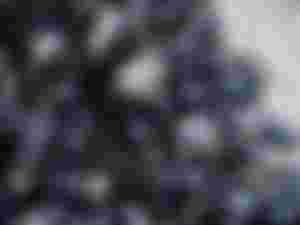
Image Source: en.wikipedia.org
2. Liver - The liver is also rich in iron. It could be pork, beef or chicken liver. For every 100g of liver, 23mg of iron can be added.

Image Source: wearenotfoodies.com
3. Pumpkin Seeds - Pumpkin seeds that are often found flat on the lamay are high in iron. Each 100g bone is a source of 15mg of iron

4. Peanuts - Peanuts, as well as cashews and almonds, are also rich in iron. A diner can provide 6.1mg of iron.

Image Source: www.healthline.com
5. Beef - The red meat of lean beef contains about 4mg of iron.
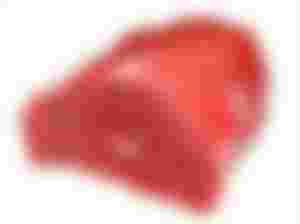
6. Seeds - Grains such as five beans, garbanzos, and soybeans are also rich sources of iron. They can also provide up to 4mg of iron per 100g.

Image Source: www.healthline.com
7. Cereals (Rice, Whole wheat, oatmeal) - Each 100g can provide up to 2mg of iron. There are also iron-fortified grains that can provide more than the normal amount of iron obtained in a normal grain.
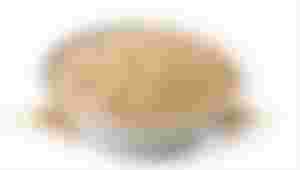
8. Green and Leafy Vegetables - Leafy vegetables are rich in nutrients. Apart from vitamins and some other minerals, it also gets iron in it. Approximately 3.6mg of iron in 100g leaves.
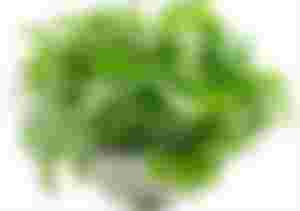
9. Dark Chocolate - Dark and pure chocolate contains up to 17mg of iron per 100g. It is a favorite of most people who can eat or drink.
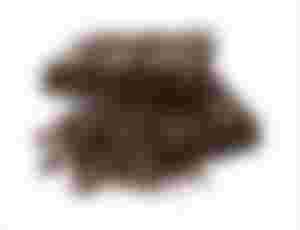
10. Tofu - Tofu is a product made from soy beans. And every 100g of tofu can contain up to 3mg of iron.

Image Source: www.hungryhuy.com
